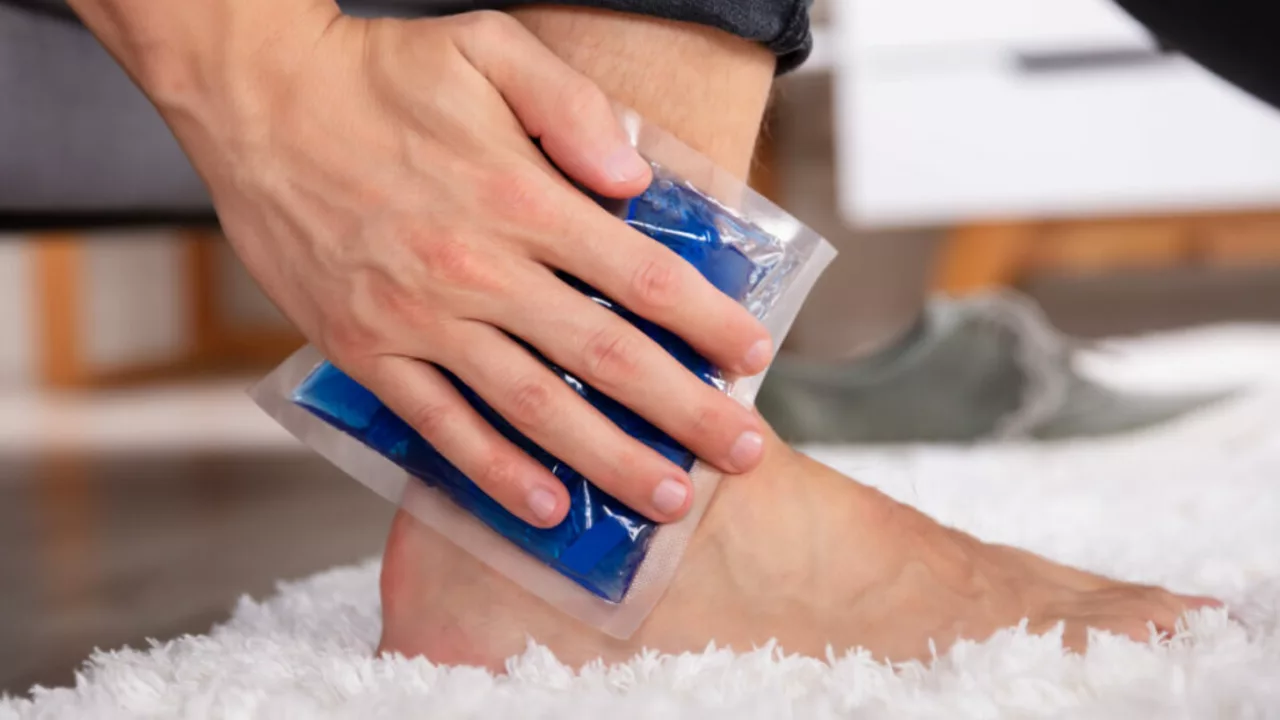Cold Therapy: How to Use Ice Right for Pain, Swelling, and Recovery
Cold therapy can stop pain fast and shrink swelling, but it’s not a magic cure. You’ll see it used for sprains, strains, post‑workout soreness, migraines, and some flare‑ups of inflammatory conditions. Use it right and you get quick relief; use it wrong and you risk skin damage or slower healing. This guide gives clear, practical steps you can try today.
How to use cold safely
Cold makes blood vessels tighten and calms down nerve signals, which reduces swelling and numbs pain. For a new soft‑tissue injury (twist, roll, or bump), start cold as soon as possible and keep it up for the first 24–72 hours. Apply ice for about 15–20 minutes, then remove it for 40–60 minutes. Repeat every 2–3 hours while you’re awake. Don’t sleep with ice directly on your skin.
Always protect the skin: use a thin towel, a cloth sleeve, or a gel pack cover. If the injured area is raised, combine cold with gentle compression and elevation to help drain fluid. If swelling is obvious, cold first; heat later, after the swelling goes down, to relax tight muscles and increase circulation.
For post‑exercise recovery, cold water immersion or an ice bath can reduce soreness after very intense or long training sessions. Aim for 10–15 minutes at a comfortably cold temperature. You can also use a wrapped ice pack on sore areas for 10–20 minutes. Whole‑body cryotherapy (2–3 minutes at very low temps) is trendy and may offer short‑term pain relief, but scientific support is mixed and clinics vary widely, so treat it as optional.
Practical tools and tricks
You don’t need fancy gear. A bag of frozen peas molds to the body nicely. Crushed ice in a sealed plastic bag works better than a solid block. To make a reusable ice pack, fill a zip bag with two parts rubbing alcohol and one part water, freeze, and wrap before use—this gives a slushy, conforming pack. For small spots, an ice massage (move an ice cube over the skin for 5–7 minutes) is effective.
Check skin every few minutes. Stop if you get burning, severe numbness, or the skin goes white or blue. If that happens, warm the area slowly—never rub—and avoid further icing until you’ve recovered. Avoid cold if you have known circulation problems, severe diabetes with nerve damage, cold urticaria (hives from cold), or open wounds.
For headaches, place a cool pack on the forehead or back of the neck for up to 20 minutes. With children and older adults, shorten sessions and watch closely; both groups tolerate cold less. If you have recent surgery, a fracture, or a chronic health condition, check with a clinician before using cold therapy.
Used sensibly, cold therapy is cheap, fast, and low risk. It works best for short‑term swelling and immediate pain relief. Pair it with rest, compression, and elevation when suitable, and switch to heat later to loosen stiff muscles. When in doubt, ask your healthcare provider for a tailored plan.
Track how your body responds and note what helps—small changes matter over time for recovery.




